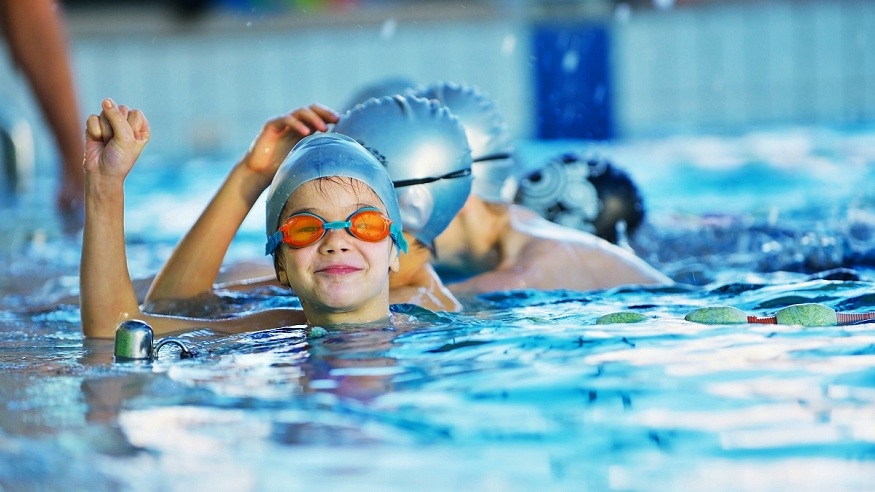
Swimming is often viewed as a straightforward physical activity, especially for those who mastered it in their younger years. However, for adults taking the plunge and enrolling in swimming courses for adults, the experience can be quite different. One of the most crucial yet underestimated aspects of swimming effectively and efficiently is mastering the art of breathing. Proper breathing techniques can significantly impact an adult’s swimming performance and enjoyment, from the casual swimmer to the fitness enthusiast.
The Mechanics of Breathing While Swimming
Breathing rhythm is pivotal in swimming. A consistent breathing pattern not only supplies your muscles with the necessary oxygen but also aids in maintaining balance and timing in your strokes. Establishing a rhythm such as bilateral breathing—inhaling every third stroke, for example—can bring symmetry to your swimming and help prevent fatigue.
While it may be natural to breathe through your nose during day-to-day activities, mouth breathing is often more effective while swimming. Opening your mouth wider allows for a greater intake of oxygen and expedites the breathing process.
Impact on Performance and Endurance
Your muscles require a constant stream of oxygen, especially during vigorous activities like swimming. Effective breathing ensures that your muscles get the oxygen they need, improving both short-term performance and long-term endurance.
Mastering the breathing technique minimises the onset of fatigue. Inadequate or irregular breathing often leads to quicker exhaustion, cutting short your swimming session and potentially leading to cramps or discomfort.
Psychological Benefits of Controlled Breathing
Learning to control your breathing can significantly reduce feelings of anxiety or panic that some adults experience when they first learn to swim. Deep, regulated breathing activates the body’s relaxation response, making it easier to focus on your strokes and enjoy your time in the water.
Controlled breathing also helps clear your mind, enabling you to pay closer attention to your technique. This heightened focus is particularly beneficial when learning complex strokes or manoeuvres.
Practical Tips for Incorporating Breathing Techniques
- Start Slow: If you’re new to swimming, begin by practising your breathing technique outside the pool. Use deep belly breathing exercises to get a feel for full lung expansion and contraction.
- Use Drills: Incorporate breathing drills into your swimming practice. Work on your timing, and experiment with different breathing rhythms to find what’s most comfortable for you.
- Seek Professional Guidance: A skilled instructor can provide tailored advice to improve your breathing technique. Consider this as part of your overall swimming education.
Conclusion
For adults embarking on the journey of learning to swim, understanding and mastering the skill of breathing can be a game-changer. Proper breathing techniques provide a wealth of benefits, from improved physical performance and endurance to enhanced mental well-being. Investing time and effort into learning this fundamental skill can enrich your overall swimming experience and help you get the most out of your swimming courses for adults.

